Understanding High and Low Pressure Gaskets
Metallic or semi-metallic gaskets are made of metal or a mixture of metal and nonmetal materials. Metallic Gaskets are used for higher quality surface sealing thantheir Nonmetallic gaskets counterparts. These gaskets are a good fit for medium and high pressure applications. Metal gaskets are designed to resist extreme temperatures, pressures and chemical exposure. Offered in regular and custom configurations, these strong metal gaskets are produced in a wide range of material combination to accommodate all types of applications.
Effect of Temperature and associated deformations on the gasket.
The problem concerns with the investigation into the sealing characteristics of a metal gasket at the interface of two pipes. The pipes carry a high temperature fluid at a high pressure. It is required to study the effect of thermal load on the performance of the sealing effect of the Gasket. Due to the variation in the temperature of the fluid, the gasket undergoes elasto-plastic deformation. The bolt load designed to compress the gasket may not be sufficient due to temperature distortion of the fluid. Many times it is required to go for high factor of safety while designing the flanges, nut and bolts and gasket to avoid leakages. So it is required to analyse the effect of temperature and optimise the exact bolt force required to hold the gases or fluids.
Flange Compatibility with the Gasket
While all gaskets must be compatible with the fluid, metallic and semi-metallic gaskets must also be compatible with the flange material. Electrochemical (or galvanic) corrosion is an electrochemical process between dissimilar metals that occurs in the presence of a conductive fluid. Electrochemical corrosion can be minimized by selecting gasket and flange metals which are close together on the electrochemical series. Alternatively, the gasket can be sacrificial to minimize damage to the flange.
Relative Gasket Stresses
Minimum gasket seating stress is basically the absolute minimum stress needed to conform to the flanges, assuming that there is little or no internal pressure. Often, these values are determined with low-pressure leakage tests on each gasket material. This minimum stress value will normally be used only in flange design calculations. Minimum gasket operating stress will normally depend on the design pressure of the assembly. It will be higher than the seating stress value, of the gasket. All gaskets having its own minimum operating stress with consideration of the pressure. It is not uncommon for these values to increase with increasing gasket thickness. The minimum operating stress is always lower than the minimum seating stress. Maximum assembly gasket stress is the stress that could damage the integrity of the gasket and detrimentally affect its ability to maintain a seal. UKL will perform laboratory tests to determine the maximum stress on a gasket. Many variables are involved when considering the maximum stress or crush strength of a material, including surface finish, gasket width, thickness, material type and temperature. UKL will test with smooth surfaces as well as standard ASME/EN serrated flange finishes. Thicker gaskets are usually less resistant to over compression and crushing. Also, serrated flanges tend to allow for higher compressive loads, because the rougher surface will grab or hold the gasket better. Smooth surfaces allow the gasket to slip sideways and split at lower stresses Because there is a natural variation in any assembly method between calculated and actual compressive stress, most gasket manufacturers will supply a maximum recommended stress that is safely below the actual crush test results.
Gasket Thickness
Metallic and semi-metallic gasket thickness generally does not alter the gasket pressure and temperature (PT) rating. Therefore, gasket thickness is not a critical factor in gasket selection for metallic and semi-metallic gaskets. Gasket thickness is typically dependent only on gasket construction due to constraints in manufacturing or handling. For example, spiral wound gaskets are generally 3.2mm (1/8”) thick for smaller diameters and up to 7.2mm (0.285”) for larger diameters. In contrast, the thickness of non-metallic (soft) gaskets affects the gasket pressure and temperature (PT) rating. In general, thicker gaskets will have both a lower pressure rating and a lower temperature rating. This reduction may be compensated with additional compressive load (up to the maximum for the gasket at the given thickness). The maximum compressive load may decrease with increasing gasket thickness. 66 For non-metallic (soft) gaskets, selecting a gasket thickness can be based on the flange material and/or the flange condition. For metallic flanges, the flange condition may determine the selection of gasket thickness. For special flange materials, such as fiber reinforced plastic (FRP) and glass-lined steel, other factors, such as flange strength, flange cracking drive and gasket thickness selection. For non-metallic (soft) gaskets, the goal is to select the thinnest material able to compensate for flange irregularities. (i.e. flange damage, flange warping, uneven flange surfaces, lack of flange parallelism, etc.). Unless the flanges are new, assessing the flange condition can only be done when a bolted flange connection is disassembled. Therefore, it is often difficult to plan for which gasket thickness is best for your particular flange connection. Some general guidance is provided below with respect to the advantages of thin and thick gaskets.
Flange Compatibility with the Gasket
While all gaskets must be compatible with the fluid, metallic and semi-metallic gaskets must also be compatible with the flange material. Electrochemical (or galvanic) corrosion is an electrochemical process between dissimilar metals that occurs in the presence of a conductive fluid. Electrochemical corrosion can be minimized by selecting gasket and flange metals which are close together on the electrochemical series. Alternatively, the gasket can be sacrificial to minimize damage to the flange.
Forces Acting on a Gasket Joint
Internal pressure – These are the forces continually trying to unseal a gasketed joint by exerting pressure against the gasket (blowout pressure) and against the flanges holding the gasket in place (hydrostatic end force).
Flange load – it is the total force compressing the gasket to create a seal. It is the effective pressure resulting from the bolt loading.
Temperature – Temperature creates thermo-mechanical effects, expanding or contracting the metals, affecting the gasket material by promoting ‘creep relaxation’ which is a permanent strain or relaxation quality of many soft materials under stress. The effect of certain confined fluids may become increasingly degrading as temperature rises and attack upon organic gasket materials is substantially greater than at the ambient temperatures (about 25 deg C). As a rule, the higher the temperature, the more critical becomes the selection of the proper gasket. .
§ Medium – It is the fluid (liquid or gas) against which the gasket is to seal.
§ General conditions – These include type of flange, flange surfaces, type of bolt material, spacing, and tightness of the bolts etc.
There are other shock forces that may be created due to sudden changes in temperature and pressure. Creep relaxation is another factor that may come into the picture
Low Pressure Gaskets under vacuum
Using gaskets in a vacuum is aunique challenge. Generally softer materials are more effective at sealing in a vacuum: for instance, consider using natural rubbers and butyls. Polyurethane is another soft polymer with a great ‘rubbery’ consistency that deforms and seals effectively when creating a vacuum. Our technical department can support the correct choice of material for your particular requirements within a low-pressure environment.
Torque
Torque and bolt stretch are two units of measure used to determine the amount of tensile load that is applied to a bolt during installation. Torque wrenches and other tightening devices utilize torque. Tension control fasteners, hydraulic tensioning devices and ultrasonic fastener analysis, utilize bolt stretch giving improved reproducibility and greater precision of fastening flanged joints. There are several factors to consider when assembling a bolted joint utilizing torque as a means of proper assembly. Some of these factors are universal in that they should be considered regardless of assembly method
Minimum Torque Considerations: Minimum torque may be affected or limited by several factors. They include, among others, obtaining minimum gasket assembly stress, minimum gasket service stress and minimum amount of bolt load (% yield strength)
Maximum Torque Considerations: Maximum torque may be affected or limited by several factors. They include, among others, maximum flange strength, maximum gasket load and maximum bolt material strength (% yield strength)
Personnel Considerations: Personnel who are properly trained on proper installation practices greatly increase the likelihood for a successful installation on any given application

 Aerated Concrete Block Industry
Aerated Concrete Block Industry  Brewery Industry
Brewery Industry  Captive Cogen Industry
Captive Cogen Industry 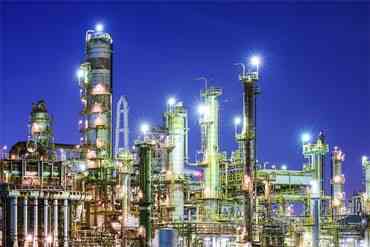 Chemical Industry
Chemical Industry  Dairy Industry
Dairy Industry  Edible Oil Industry
Edible Oil Industry 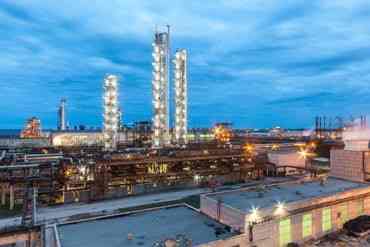 Fertilizer Industry
Fertilizer Industry  Hotel Industry
Hotel Industry 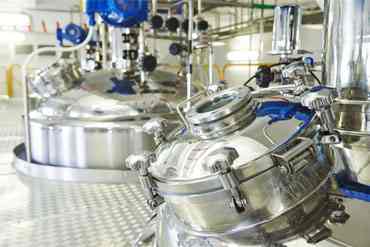 Pharma Industry
Pharma Industry 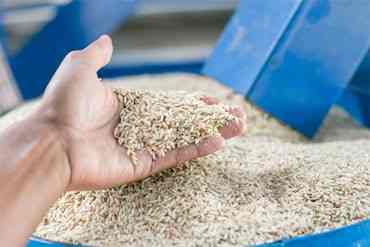 Rice Industry
Rice Industry 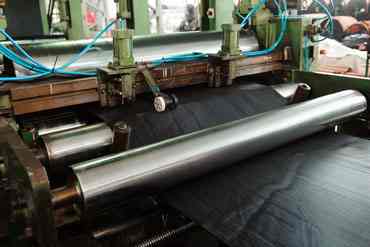 Rubber Industry
Rubber Industry  Soap Industry
Soap Industry 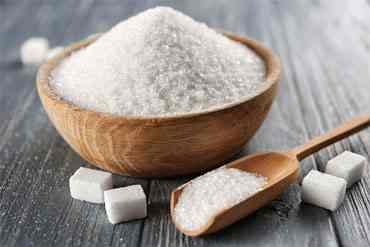 Sugar Industry
Sugar Industry  Textile Industry
Textile Industry 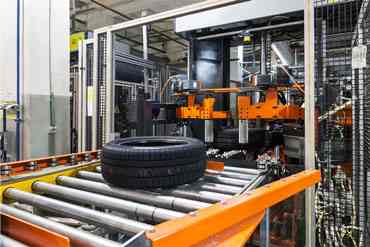 Tyre Industry
Tyre Industry